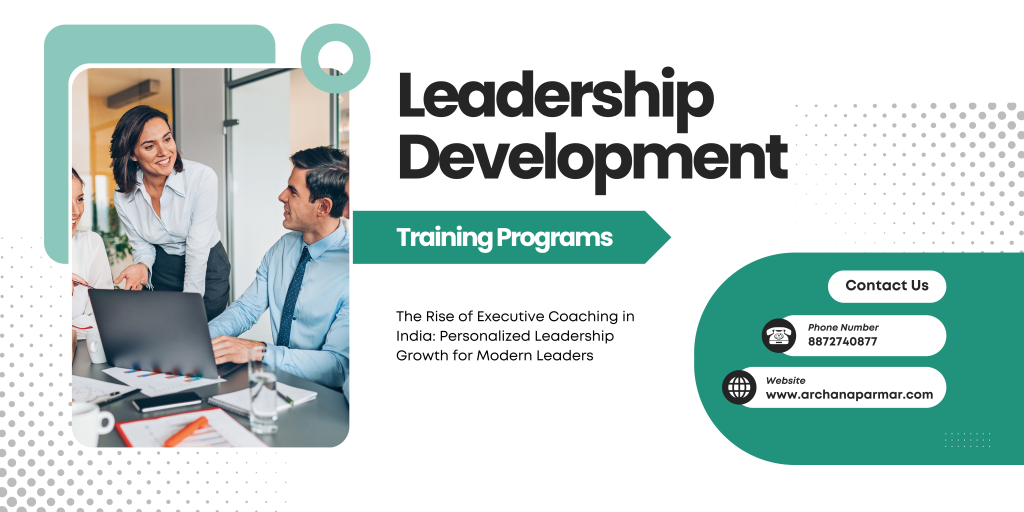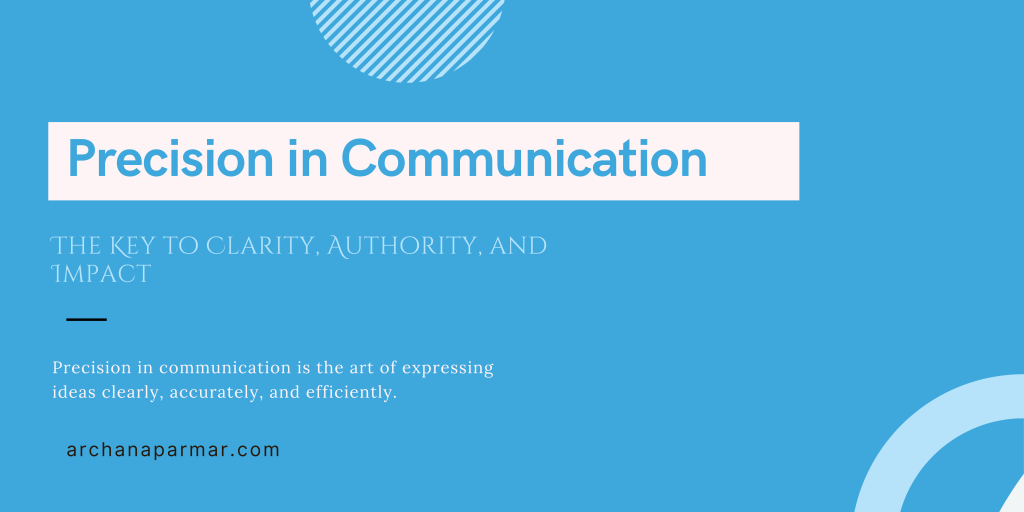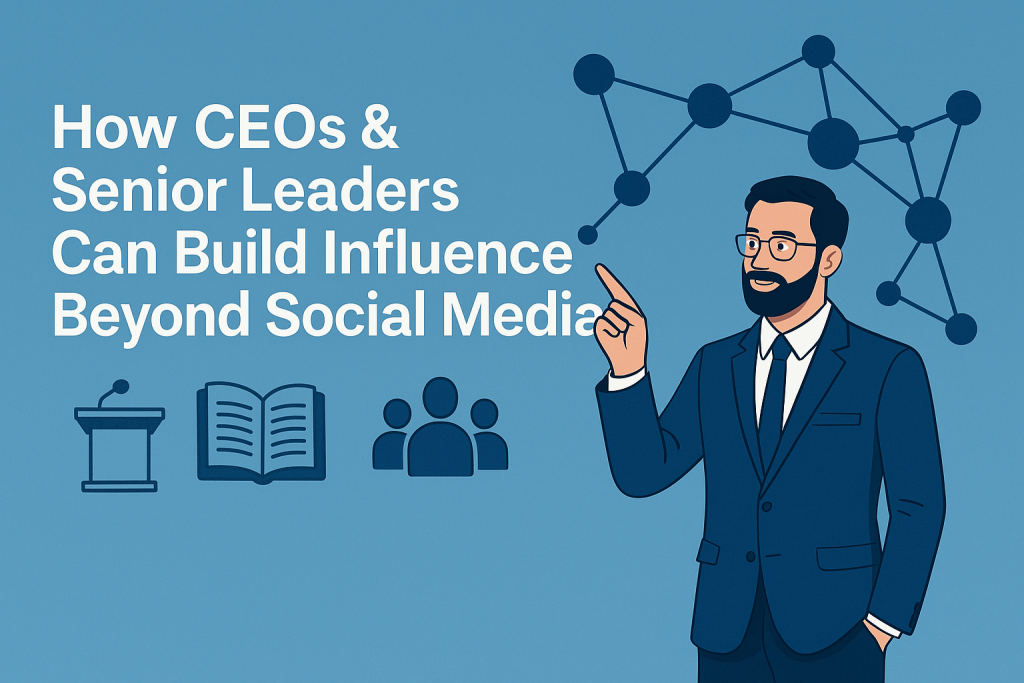Modern Leadership: Why ‘Coach-and-Empower’ Is the New Command-and-Control
What Harvard, Forbes, Ivy House, and CCL reveal about the future of leadership—and what it means for you as a leader today- Leadership is evolving faster than ever before. The old model—where leaders directed, instructed, and controlled—no longer works in a world shaped by hybrid work, rapid change, and rising expectations around psychological safety and communication. Whether you look at research from Harvard, Forbes, Ivy House, or the Centre for Creative Leadership (CCL), one theme is unmistakable: Modern leadership is coaching leadership.Not a role. Not a designation.A capability. In my work with senior professionals, technical leaders, and founders around the world, this shift is already visible. The leaders who succeed today are the ones who empower, communicate with clarity, listen deeply, and create environments that bring out the best in people. This article brings together the leading global perspectives—simplified, integrated, and translated for the modern workplace. Coaching as a Core Leadership Skill (Harvard) Harvard’s Leadership Coaching Strategies program positions coaching as an essential skill for any leader stepping into people development. According to Harvard, leadership coaching is built on three dimensions: 1. How leaders think Their mindset, assumptions, and self-awareness. 2. How leaders show up Their presence, empathy, listening skills, and ability to create psychological safety. 3. What leaders do Their communication behaviours—questions, feedback, alignment conversations, goal-setting, and performance coaching. In simple terms:The modern leader develops people by combining mindset, presence, and practical communication tools. This mirrors what I see in coaching sessions: leaders grow fastest when they understand themselves, show up with intention, and practice new communication behaviours The Coaching Mindset in a Changing World (Forbes) Forbes highlights an important truth:In uncertain, fast-changing environments, leaders cannot rely on giving instructions—they must learn to ask better questions. A coaching mindset helps leaders: In my coaching work, leaders often realise that it’s not lack of skill that limits their team—it’s lack of empowerment. When leaders shift from “telling” to “coaching,” the entire team’s performance transforms. May you like this :- The Rise of Executive Coaching in India: Personalized Leadership Growth for Modern Leaders Mindset as the Foundation of Leadership Behaviour (Ivy House) Ivy House brings a powerful depth to the conversation:Leadership behaviour is not driven by skill alone—it is driven by mindset. Their research shows that leaders must learn to: This “inner game” directly shapes how leaders communicate, react under pressure, handle conflict, and demonstrate executive presence. In my sessions, leaders who work on their mindset often experience the most dramatic changes in influence and confidence. Structured Leadership Development Journeys (CCL) The Centre for Creative Leadership emphasises that leadership development must be: CCL’s approach aligns completely with how I design my leadership communication and executive presence programs: Leadership development is not an event.It is a journey.Behaviour change requires repetition, feedback, and real-world practice. The Integrated View: What Leadership Must Look Like Today Across Harvard, Forbes, Ivy House, and CCL, one conclusion stands out: Modern leadership = Coaching mindset + Communication intelligence + Inner mastery Today’s leaders must develop: This integrated approach is at the heart of my coaching work with leaders. Whether it is a senior manager preparing for a promotion, a founder wanting stronger communication, or a technical leader stepping into people leadership—the path is the same: Coaching, communication, and mindset are the new leadership trifecta. Where Do You Stand as a Leader Today? The most important reflection for every leader is this: Are you leading through direction… or through development? Leaders who learn to coach, communicate with clarity, and build capability—not dependency—are the ones who create long-term impact. If you’re ready to develop these skills, strengthen your communication, and step into the next level of leadership, I’d love to explore this with you.
Modern Leadership: Why ‘Coach-and-Empower’ Is the New Command-and-Control Read More »










